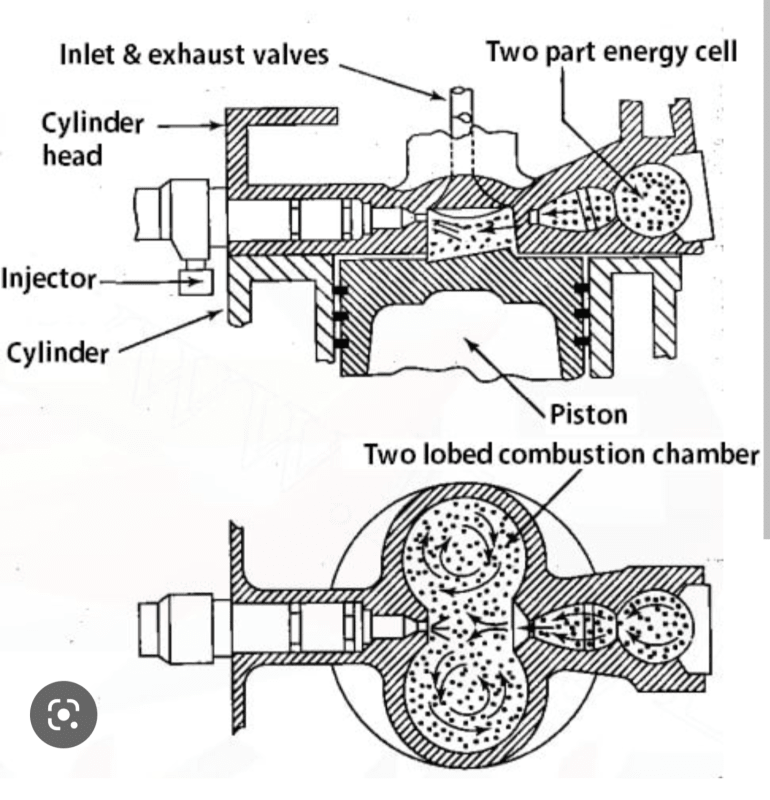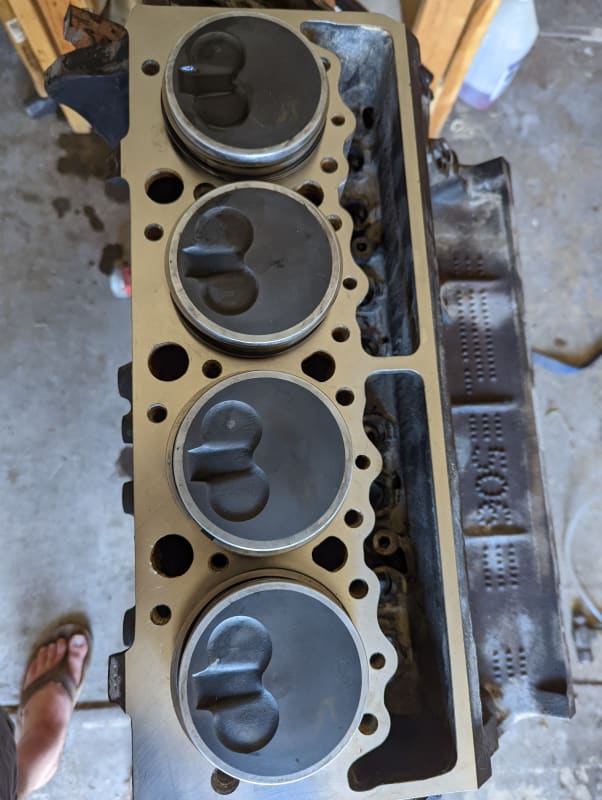Bear in mind that the Formula 1 situation is extremely optimised for full-load operation high in the RPM range, and its operation is extremely contingent upon fuel chemistry. Those engines are not designed for efficient part-load operation (typical of daily-drivers), or smooth idling with impeccable low-speed driveability, or compliance with Euro 6 or US EPA Tier III emission standards, or cold-starting in -30 C, or driving 10,000+ km between engine oil changes, etc.
Mazda's spark-assisted HCCI system is likely as close as such a system will get for a daily-driver application ... and it doesn't operate in SA-HCCI mode all the time ... and it doesn't appear to give a fantastic improvement in consumption over the regular Skyactiv-G engine, which is already pretty good ... but not earthshatteringly better than the consumption of a reasonably optimised normal port-injection variable-valve-timing four-banger. Friend of mind has a VW Golf with the 1.8 TSI four-banger, and it does pretty well in daily driving. Direct-injection, turbocharged-intercooled, VVT.
Auto engineers know about ceramic coatings. If the benefit exceeded the cost, they'd be in production - and there have been some. If they're not used in a particular application (most), at this point in time, it isn't because nobody thought of it before ... it's because someone looked at it and established that the benefit (if any) wasn't worth the cost. Keep in mind that a ceramic "thermal barrier" coating, or manufacturing parts from heat-resistant ceramics (been done), doesn't stop all heat transfer to and from the surface. If it slows heat transfer through the surface, thus leading to the surface temperature being higher, thus leading to the temperature of the charge being higher at the end of the compression stroke, thus increasing self-ignition (detonation) propensity, thus forcing the compression ratio to be dropped and/or ignition timing to be retarded ... was it worthwhile?
Cylinder heads are made of aluminium nowadays. Aluminium conducts heat quickly. Maybe that's by design ... to cut down on hot-spots that lead to pre-ignition or self-ignition (detonation). The aforementioned Formula 1 engines, the Golf 1.8 TSI engine, the Mazda Skyactiv-G or -X engines, all use aluminium cylinder heads. Changing to a less thermally conductive material, like cast iron ... isn't something that is a foreign concept to engine designers. They use aluminium because the benefits outweigh the costs.
This ain't simple ... and the engineers ain't stupid.


